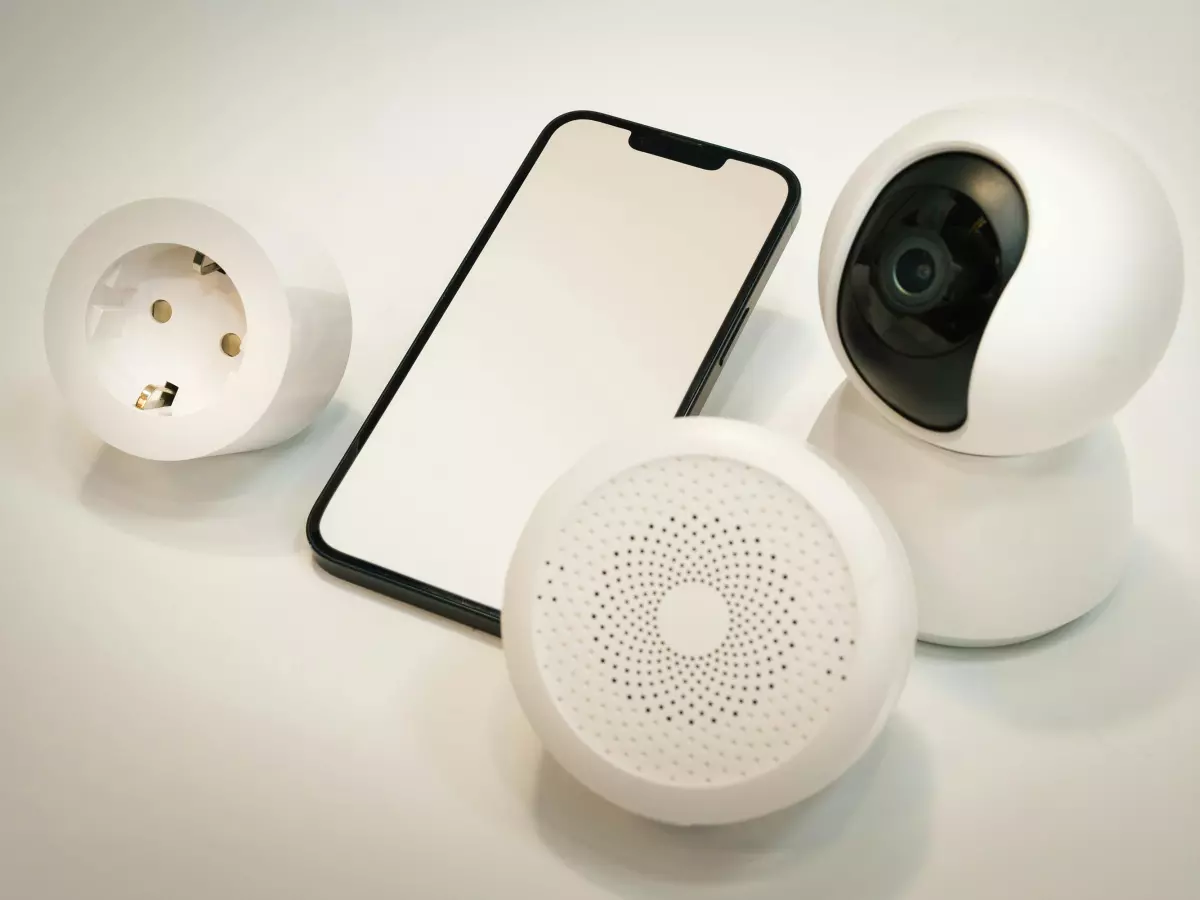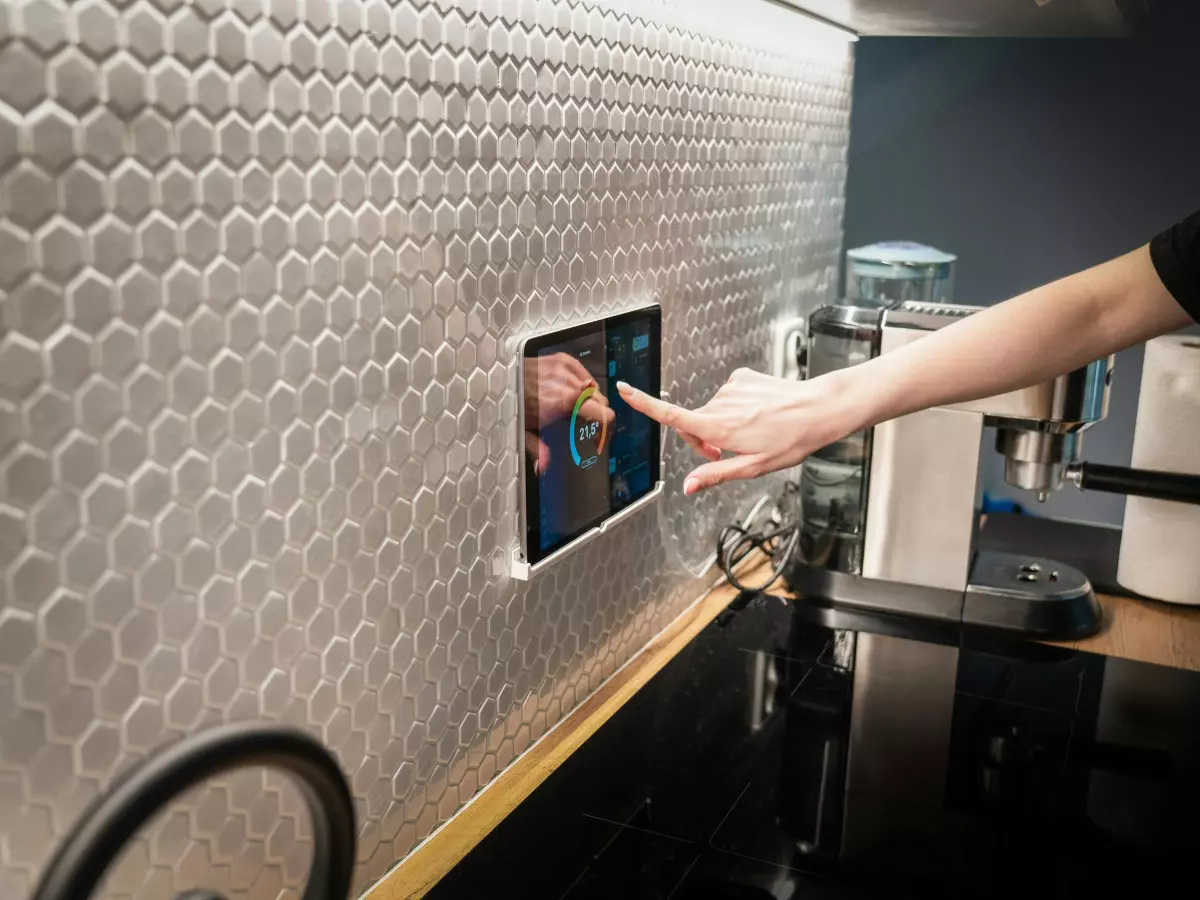Power Protocols Explained
When most people think about smart home devices, they focus on convenience, automation, and maybe even security. But how often do you think about the power protocols running behind the scenes? Probably not much, right?

By Alex Rivera
It’s easy to get caught up in the shiny features of smart home gadgets—voice control, remote access, and seamless integration with your favorite apps. However, the power protocols that keep these devices running efficiently often fly under the radar. And yet, they’re crucial. If your smart home devices aren’t powered correctly, all those fancy features can fall apart faster than you can say, “Alexa, turn off the lights.”
So, what are these power protocols, and why should you care? Well, let’s dive into the nitty-gritty of how smart home devices manage power and why it matters for your setup.
What Are Power Protocols?
Power protocols are essentially the rules and standards that dictate how smart home devices consume, distribute, and conserve energy. Think of them as the traffic lights of your smart home ecosystem. They ensure that devices get the right amount of power at the right time, without causing a traffic jam—or worse, a blackout.
Different smart home devices use different power protocols depending on their function, size, and energy needs. For example, a smart thermostat might use a low-power protocol like Zigbee, while a smart speaker could rely on Wi-Fi, which consumes more energy but offers faster data transfer.
Why Do Power Protocols Matter?
Imagine you’ve got a house full of smart devices—lights, cameras, speakers, thermostats, and more. If each device is using a different power protocol, things can get messy. Some devices might hog more power than others, leading to inefficiencies and even potential outages. Worse yet, if your devices aren’t optimized for the same power protocol, you could end up with compatibility issues.
Power protocols also impact battery life. Devices that use low-power protocols like Zigbee or Z-Wave tend to have longer battery life, making them ideal for things like sensors or door locks. On the other hand, devices that rely on Wi-Fi or Bluetooth might need more frequent charging or replacement.
Common Smart Home Power Protocols
Let’s break down some of the most common power protocols you’ll encounter in a smart home setup:
- Zigbee: This is a low-power protocol that’s perfect for devices that don’t need to transfer a lot of data, like sensors or light bulbs. It’s energy-efficient and can form a mesh network, meaning devices can communicate with each other without needing to go through a central hub.
- Z-Wave: Similar to Zigbee, Z-Wave is another low-power protocol that’s often used for smart home devices. It’s known for its reliability and long range, making it ideal for larger homes.
- Wi-Fi: Wi-Fi is great for devices that need to transfer a lot of data, like smart cameras or speakers. However, it’s not the most energy-efficient option, so devices that rely on Wi-Fi tend to consume more power.
- Bluetooth: Bluetooth is a short-range protocol that’s commonly used for smart locks, speakers, and other devices that don’t need to be constantly connected to the internet. It’s more energy-efficient than Wi-Fi but less so than Zigbee or Z-Wave.
- Thread: A newer protocol, Thread is designed to be both energy-efficient and fast. It’s gaining popularity in the smart home world because it offers the best of both worlds—low power consumption and high-speed data transfer.
Optimizing Your Smart Home’s Power Usage
Now that you know the basics of power protocols, how can you optimize your smart home’s energy consumption? Here are a few tips:
- Choose the Right Protocol for the Job: Not all smart home devices need to be on Wi-Fi. For sensors, light bulbs, and other low-data devices, opt for Zigbee or Z-Wave to save energy.
- Use Mesh Networks: Devices that use Zigbee or Z-Wave can form mesh networks, which allow them to communicate with each other without needing to go through a central hub. This reduces the overall power consumption of your smart home.
- Monitor Power Usage: Many smart home hubs offer tools to monitor the power consumption of your devices. Use these tools to identify energy hogs and make adjustments accordingly.
- Consider Battery Life: If you’re using battery-powered devices, opt for ones that use low-power protocols like Zigbee or Z-Wave. This will extend the battery life and reduce the need for frequent replacements.
The Future of Smart Home Power Protocols
As smart home technology continues to evolve, so too will the power protocols that support it. We’re already seeing advancements in protocols like Thread, which offer a balance between energy efficiency and data transfer speed. In the future, we can expect even more sophisticated power management systems that will make our smart homes more efficient and eco-friendly.
But for now, understanding the power protocols behind your devices is key to optimizing your smart home setup. So, next time you’re shopping for a new gadget, don’t just look at the features—check out the power protocol, too. It could make all the difference in how smoothly your smart home runs.
After all, a smart home is only as smart as the power that keeps it running.





